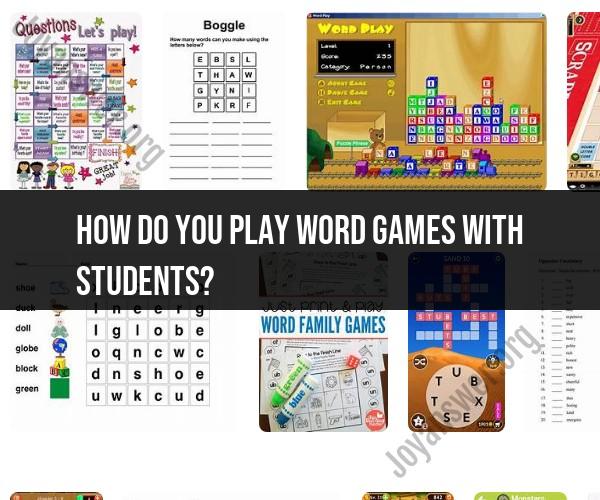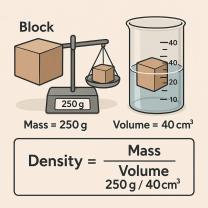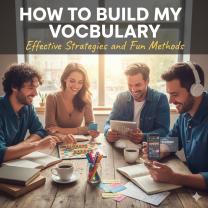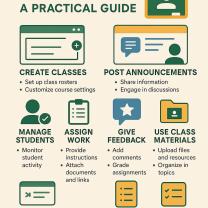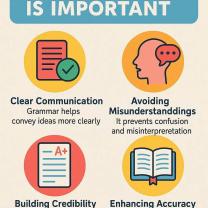How do you play word games with students?
Playing word games with students can be both fun and educational, helping to improve their vocabulary, spelling, and language skills while keeping them engaged. Here's how you can play word games with students:
Scrabble: Scrabble is a classic word game where players use letter tiles to create words on a game board. Each letter has a point value, and players aim to create high-scoring words while strategically placing them on the board.
Boggle: Boggle is a fast-paced word game where players try to find as many words as possible by connecting adjacent letters on a grid of lettered dice within a set time limit.
Hangman: In Hangman, one player thinks of a word and draws a series of dashes on a piece of paper, representing each letter in the word. The other players take turns guessing letters. If a guessed letter is in the word, it is revealed; if not, a part of a "hangman" figure is drawn. The goal is to guess the word before the hangman is fully drawn.
Word Search: Word search puzzles consist of a grid of letters with words hidden in it. Students search for the words on the list by circling or highlighting them within the grid.
Crossword Puzzles: Crossword puzzles provide students with clues for words that fit into a grid, both horizontally and vertically. They need to fill in the grid using the provided clues.
Scattergories: In Scattergories, players are given a list of categories and a letter. They must come up with words that fit each category, starting with the chosen letter, within a time limit.
Word Bingo: Create Bingo cards with words instead of numbers. Call out definitions or synonyms, and students mark the corresponding words on their cards.
Hangman Variations: You can introduce variations of Hangman, such as using categories (e.g., animals, fruits) or providing definitions or synonyms for students to guess.
Storytelling: Encourage students to create stories by taking turns adding one word at a time. For example, the first student says, "Once," the next one says, "upon," and so on. The goal is to create a coherent and entertaining story.
Word Chains: Start with a word, and have students take turns coming up with words that begin with the last letter of the previous word. For example, if you start with "apple," the next student might say "elephant," and so on.
Rhyme Time: Students take turns coming up with words that rhyme with a given word. This can be a fun way to explore rhyming patterns and phonics.
Word of the Day: Introduce a "word of the day" to expand students' vocabulary. Discuss its definition, usage, and encourage them to use it in sentences.
Word games can be adapted to various age groups and skill levels, making them a versatile and enjoyable way to enhance language skills in the classroom or at home.
Word games can be a fun and engaging way to help students learn and improve their language skills. They can also be used to promote creativity, critical thinking, and problem-solving skills.
Here are some of the benefits of using word games in the classroom:
- Improved vocabulary: Word games can help students learn new words and expand their vocabulary.
- Enhanced language skills: Word games can help students improve their reading, writing, and speaking skills.
- Increased creativity: Word games can help students develop their creativity and imagination.
- Better critical thinking and problem-solving skills: Word games can help students develop their critical thinking and problem-solving skills by requiring them to think strategically and solve puzzles.
- Increased engagement: Word games can make learning more fun and engaging for students, which can lead to improved academic achievement.
Here are some tips for incorporating word games into your teaching:
- Choose games that are appropriate for the age and ability level of your students.
- Make sure the games are aligned with your learning objectives.
- Vary the types of games you use to keep things interesting.
- Provide clear instructions and demonstrations before starting a game.
- Encourage students to work together and collaborate.
- Offer positive feedback and praise students for their efforts.
Here are some examples of word games that you can use in the classroom:
- Word searches: Word searches are a great way for students to practice their vocabulary and spelling skills.
- Crosswords: Crosswords are another fun way for students to learn and practice new words.
- Anagrams: Anagrams are a challenging word game that requires students to unscramble words.
- Word scrambles: Word scrambles are a similar game to anagrams, but instead of unscramble words, students need to unscramble sentences.
- Hangman: Hangman is a classic word game that is fun and easy to play.
- Pictionary: Pictionary is a drawing game that can be used to practice vocabulary and spelling skills.
- Taboo: Taboo is a word game that requires students to describe a word without using a list of taboo words.
- Word association: Word association is a simple game that can be used to brainstorm ideas and generate new vocabulary.
Word games can be used in a variety of ways in the classroom. They can be used as a warm-up activity, a review activity, or even a main lesson. They can also be used to differentiate instruction and meet the needs of all learners.
If you are looking for a fun and engaging way to help your students learn, consider using word games in your classroom.
